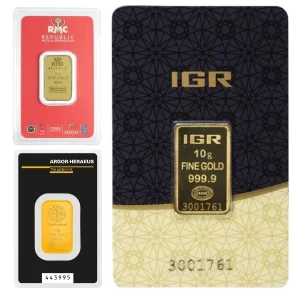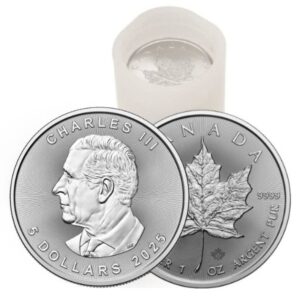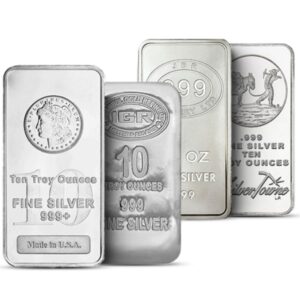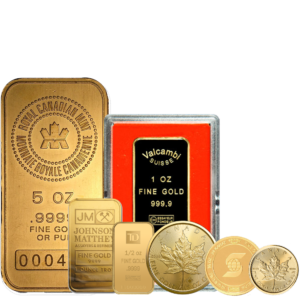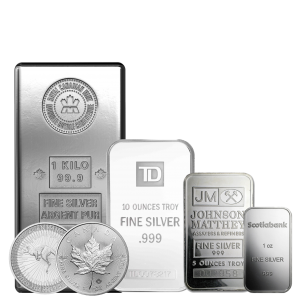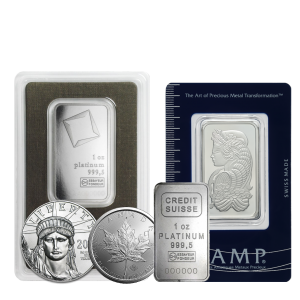Gold doesn’t glitter in jewelry shops; only it glitters in uncertain economies. When inflation goes up, the government’s debt skyrockets, or the direction changes in the interest rates, the prices of gold fluctuate accordingly. But how do such economic forces create the price of gold?
Break down the connection between inflation, debt, interest, and why the comprehension could matter when making better investment choices.
-
Inflation: Gold’s Moment to Excel
As inflation increases, money’s value declines. Daily necessities become expensive, and money in the bank buys fewer things. That’s when people tend to look towards gold.
Gold is a centuries-old storehouse of values that maintains purchasing power when money loses its purchasing power. At times of high inflation, investors acquire gold units as a safeguard for their wealth, pushing up the price.
Concisely put
Higher inflation = softer currency = higher demand for gold.
If you’ve seen increasing prices in rent, gas, or groceries, odds are the same factors driving your expenses through the roof are driving gold prices upward as well.
-
Government Debt: Fuel for Gold Rallies
Global debt is at an all-time high. As the government borrows that money to pay for spending, it frequently ends up in money printing or currency devaluation later on.
Investors recognize that excess leverage can cause mainstream securities such as bonds to be unappealing. Gold, on the other hand, is not attached to any government or central banking administration; its supply is limited and cannot be printed or blasted away.
As nations borrow more, faith in paper currency declines, and gold, as ever, is a reliable second.
-
Interest Rates: Push and Pull on Gold
Interest rates dance around gold. High rates offer better return on money after nickel-plated check deposits and bond savings, so gold (yielding no interest) is not as appealing.
But when central banks began reducing rates as part of economic stimulation, the opposite is taken into consideration. Lowered rates again make gold resplendent because:
- Borrowing costs lower
- Inflation frequently follows
- Actual yields (post-inflation returns) decline
For the short term, declining rates will enhance gold demand, particularly when investors feel inflation will linger.
The Bigger Picture: A Perfect Gold Storm
Today, the globe is under attack simultaneously by all three forces:
- Persistent inflation
- Highest-ever worldwide indebtedness
- Volatile interest rate policies
This combination provides the ideal setting for gold to succeed. Investment money and central banks are both reaching into physical gold as a buffer protection from economic turmoil.
Protect Your Wealth with AU Bullion
At AU Bullion, we know the value of holding actual, physical possessions in uncertain times. No matter if you are purchasing gold bars, coins, or silver bullion, we provide among the cheapest prices in all of North America, direct from reputable mints such as the Royal Canadian Mint, PAMP Suisse, and Asahi Refining.
It’s just that straightforward. We want to assist you in establishing financial security with tangible gold and silver assets that have stood the test of time.
Concluding Thoughts
Inflation devours savings, debt deflates currencies, and interest rates can turn markets on their ear overnight. But all the while, gold is stable—a timeless currency that insulates wealth when paper currency breeds distrust. As uncertainty increases, gold becomes more powerful. Protect your fortune today with AU Bullion.
 Hi,
Hi,


